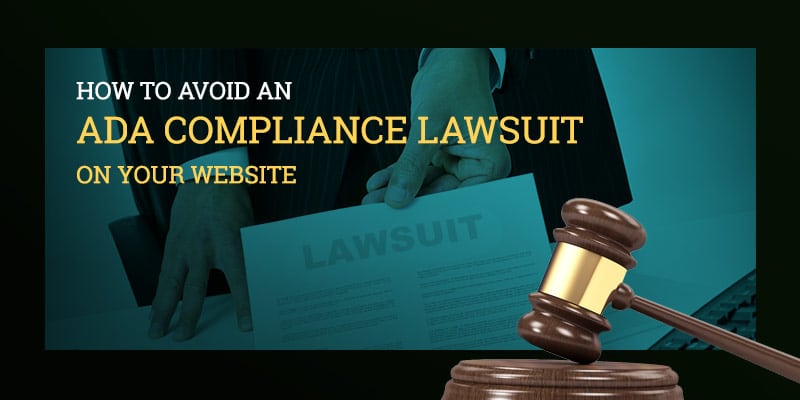

The ADA Compliance Conundrum
While websites are considered to be included in ADA compliance, because of the lack of guidelines and updated laws surrounding ADA compliance, it’s hard to judge whether a site is ADA compliant or not. The ADA created suggestions for compliance, though these suggestions do not make them law.
Pass/Fail Surveys for ADA Compliance
There are several websites online that feature compliance tests with pass/fail type questionnaires to test your website, and we looked at all of them. We gathered the most relevant topics and compiled them here. The following is a practical list of pass/fail questions adapted mostly from a 2007 ADA compliance assessment for government sites.
A practical test for ADA compliance issues:
- Rule 1 – Does the top of each page with navigation links have a “skip navigation” link?
- Rule 2 – Do all links have a text description that can be read by a screen reader (not just a graphic or “click here”)?
- Rule 3 – Do all of the photographs, maps, graphics and other images on the website currently have HTML tags (such as an “alt” tag or a long description tag) with text equivalents of the material being visually conveyed?
- Rule 4 – Are all of the documents posted on your website available in HTML or another text-based format (for example, rich text format (RTF) or word processing format), even if you are also providing them in another format, such as Portable Document Format (PDF)?
- Rule 5 – If your website has online forms, do HTML tags describe all of the controls (including all text fields, check boxes, drop-down lists, and buttons) that people can use in order to complete and submit the forms?
- Rule 6 – If your website has online forms, does the default setting in drop-down lists describe the information being requested instead of displaying a response option (e.g. “your age” instead of “18-21”)?
- Rule 7 – If a webpage has data charts or tables, is HTML used to associate all data cells with column and row identifiers?
- Rule 8 – Do all video files on your website have audio descriptions of what is being displayed to provide access to visually conveyed information for people who are blind or have low vision?
- Rule 9 – Do all video files on your website have written captions of spoken communication synchronized with the action to provide access to people who are deaf or hard of hearing?
- Rule 10 – Do all audio files on your website have written captions of spoken communication synchronized with the action to provide access to people who are deaf or hard of hearing?
- Rule 11 – Have all webpages been designed so they can be viewed using visitors’ web browser and operating system settings for color and font?
- Rule 13 – Is the website accessibility policy posted on your website in a place where it can be easily located?
- Rule 22 – Does your website home page include easily locatable information, including a telephone number and email address, for use in reporting website accessibility problems and requesting accessible services and information?
While it is possible to get sued for ADA non-compliance, it is currently unlikely that the case would stand up in court. This is because website compliance is currently in the guideline phase, and there is no governing body, or criteria for making a private business’s site ADA compatible.
While it is possible to get sued for ADA non-compliance, it is currently unlikely that the case would stand up in court. This is because website compliance is currently in the guideline phase, and there is no governing body, or criteria for making a private business’s site ADA compatible.
There are multiple advanced notices of proposed rulemaking for widespread website compliance. The Department of Justice has generally shown approval for the rules, but no verdict has been made. Should these rules become law, there are also no standards in place for enforcement.
In short, the ADA currently offers compliance suggestions for sites, but there aren’t currently any standards that you are obligated to follow. The proposed law would make sure that websites follow WCAG 2.0 guidelines, which were designed and set up by the World Wide Web Consortium, an international group aimed at creating global website standards.